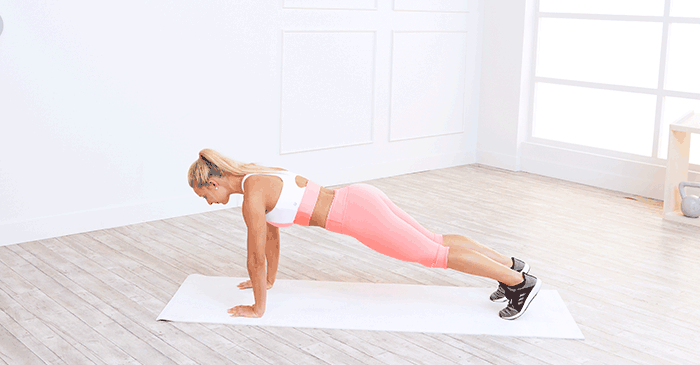Get ready for the summer season with these 10 moves to shape your legs. A good workout program and consistency will guarantee great results in no time.
Romanian Dead Lift
Push one foot behind you while holding dumbbells, shift weight to the other foot, and hinge at hips to lift the opposite leg and bring your torso parallel to the floor. Progress to heavier weights and aim for 10-15 reps as you become comfortable with the exercise.

Pulsing Squats
If you want to challenge your leg muscles, try pulsing squats. Begin by standing upright, pushing your hips back and maintaining weight in your heels. Contract your abs and aim for a 90-degree squat. Instead of standing straight up, pulse up and down at a 145-degree angle. Repeat for 30 to 60 reps.
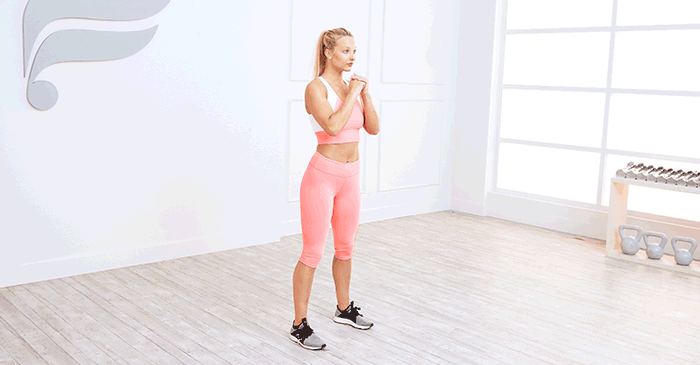
Jumping Lunges
To perform the lunge jump, start with a lunge pose, then jump and switch feet mid-air to land in a lunge with the opposite foot forward. Do 2 sets of 5 reps each for quick results, but be mindful of personal limits and keep the exercise high intensity by practicing once or twice a week.
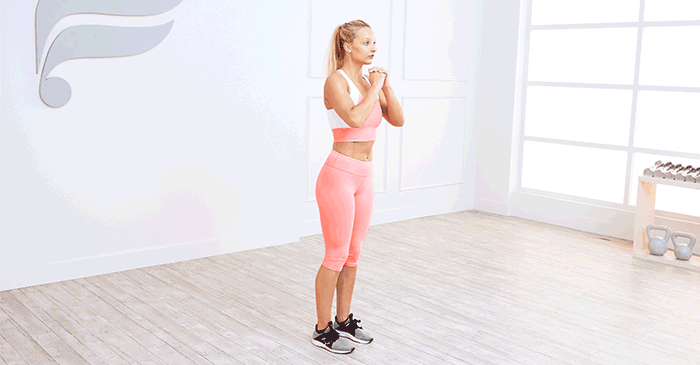
Speed Skaters
To perform this exercise, begin with a reverse lunge and angle your back leg. Leap sideways and tap your toe on the ground while moving the opposite leg behind you. Quickly jump to the other side and keep alternating until you feel the burn. Strive for at least 3 to 6 inches off the floor and aim for a high rep range of around 25 to 50 reps total.
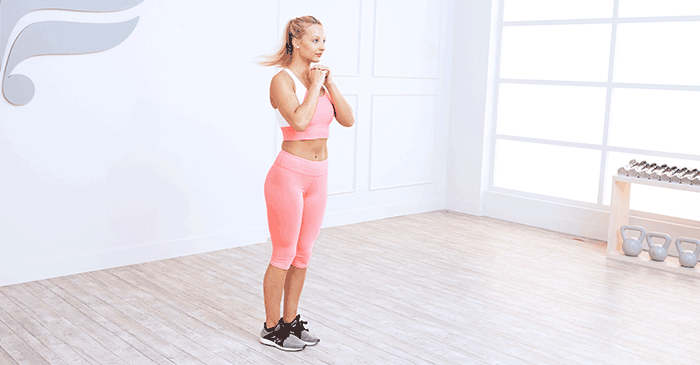
Calf Raises
The meniscus is a common site of injury in the knee. This exercise strengthens the muscles surrounding the knee to improve stability, coordination, and balance. By putting minimal pressure on the knee, it is also ideal for recovery from a meniscus injury. Aim for a high range of 20 to 40 reps, and try to go as high as possible.
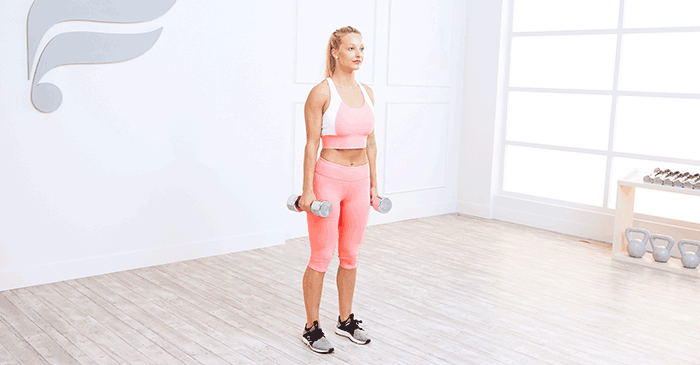
Goblet Squats
To begin, stand with your feet shoulder-width apart and hold a dumbbell to your chest. Hold the other end of the dumbbell between your hands with the weight extending downwards. Slowly squat down, keeping your back slightly arched and pushing your hips back until your thighs are parallel to the floor. Hold for two seconds before returning to the starting position and repeating the movement. Increase the weight and aim for 8 to 10 reps for more challenge.
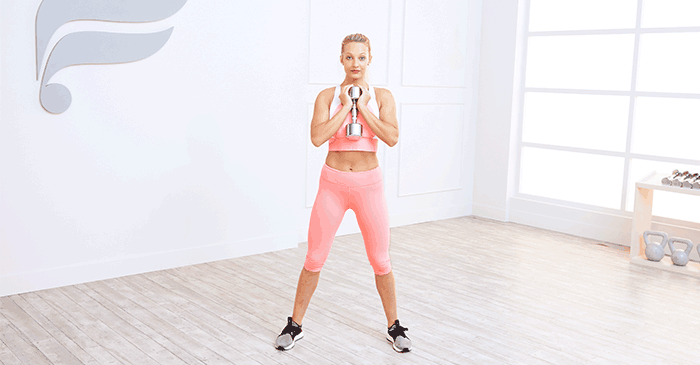
Reverse Lunge to Kick
Reverse lunges with a front kick activate your quads, glutes, and core while raising your heart rate. Although advanced, it can be done at any fitness level. Begin in a standing position, step one foot back into a reverse lunge, and then bring that same foot forward for a front kick. Lean back while kicking forward to engage your core and increase your range of motion. Do 10 to 15 reps on one leg, then repeat on the other side.

Kettle Bell Swings
To start, position yourself with a wide stance, wider than hip-width apart, and grasp the kettlebell with both hands between your legs. Slightly bend your knees before leaning your chest forward and swinging the kettlebell back between your legs. As you thrust your hips forward into a standing position, swing the kettlebell upward and straight in front of you, maintaining a secure grip on the weight. Repeat this movement pattern, focusing on popping your hips backward and forward, and complete 15 to 20 swings in total. Remember that these are hip thrusts and not squats.
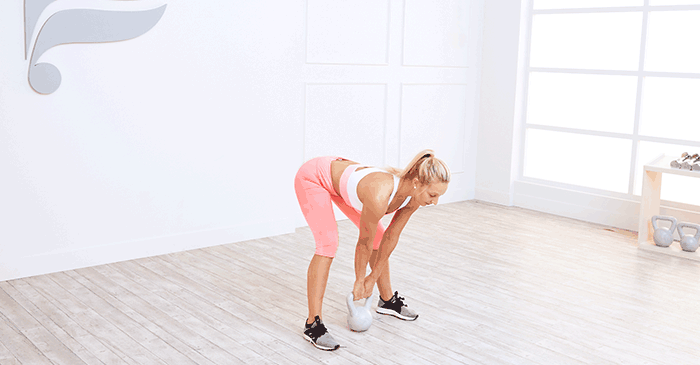
Jump Squats
To begin the exercise, stand with your feet and shoulders wide apart, keeping your back straight. Slowly lower yourself into a squatting position as if you are sitting down, and hold this position for a few seconds before returning to the starting position. If 20 repetitions in one set is too challenging, you can break it up into sets of 10 repetitions.
The exercise should be performed for 30 seconds on each side.
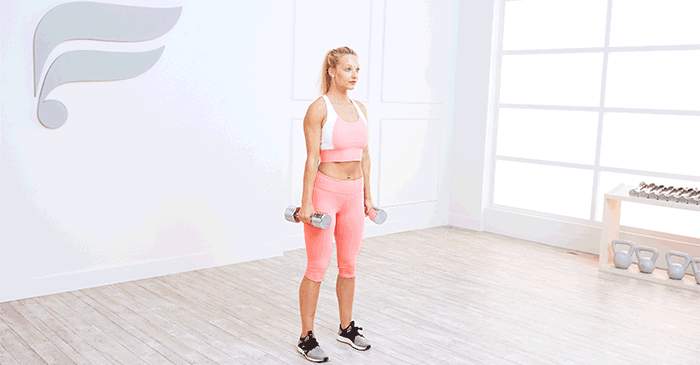
Plank Leg Lift
If holding a plank for sixty seconds is too challenging, you can begin with ten-second increments, taking breaks in between. Repeat this set three to five times a day to track progress. Shorter periods of planking can still be effective for building strength.
However, for those who find a one-minute plank too easy, fitness experts recommend increasing the difficulty by engaging your stomach, glutes, and quads, and holding the plank for two minutes or longer.
